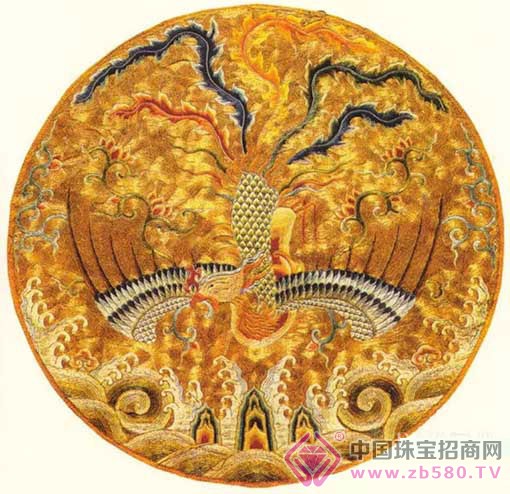China mentioned earlier that gold is decorated on clothing and is a sheet metal. Hey, the line is also, as the name suggests, the gold is the gold line. In ancient times, gold robes or gilt shoes were often mentioned, which means that there were gold silk woven patterns on clothes or shoes. When Tang Zhongzong’s daughter, Princess Anle, was married, she presented “Single Biluo Cage, and Jinjin was a flower and bird.â€â€”That is, this skirt is a green robe with flowers and birds made of Zhijin. pattern. In the Tang Dynasty, there was also a sheet metal, which was embroidered with a gold (silver) thread on the clothes for decoration. In his poem "The Beauty", Du Fu describes the Tang Dynasty ladies who he saw in the spring. The dress is embroidered with golden peacocks and silver unicorns ("Embroidered clothes, spring, peacock, silver unicorn"); As well as "Poor Women" said that "the hate of the year, the gold line, the marriage for others", can be seen in the popularity of gold ornaments in the Tang Dynasty. However, there are not many unearthed objects in the ages. Only a few pieces of gold-dressed costumes were unearthed at the Famen Temple. One of them was a gold-plated half-sleeve embroidered with folded flowers. There are many kinds of decorative gold, and 18 techniques have been mentioned in the Song Dynasty. For example, selling gold, weaving gold, mud gold, gold, gold, gold, gold, gold, gold, gold, gold, gold, etc., a lot of tricks. Here are just a few explanations for some of the common ones. Gold is generally embedded in the fabric by using extremely thin gold foil. In ancient times, there were sales shops that specialized in doing this. From the description of "Jin Ping Mei", there are probably many alternative patterns (prints and the like), and then customers can choose, things from headscarves, hats, clothes, skirts, credits, etc., can be used, it used to It is a very common decorative technique in Chinese clothing, but this process gradually became silent after the Qing Dynasty. Instead, it retained a similar approach in the traditional crafts of Korea. Circle gold (similar to today's fangs), a kind of quilting, is the use of fine gold bars to decorate the seams and four sides of the clothes. This practice was very popular in the Southern Song Dynasty. A lady named Huang Sheng in the Southern Song Dynasty, a large number of gold-colored clothes were unearthed in her tomb. One of the large-sleeved backs was covered with gold rims at the seams. Later, in the late Ming Dynasty, the gold circle was re-emerged. On the clothes and skirts of the Ming Dynasty and the early Qing Dynasty, it was found that there were very fine gold (silver) edges in the seams. In woven gold, the gold thread is woven into a pattern as part of the fabric. This practice was very popular in the Ming Dynasty. At that time, the ingredients of woven gold could be seen in various fabrics, and some were even woven pieces of fabric. In the Ming Dynasty, the powerful and wealthy people used to wear gold. For gold, the gold foil is cut into a certain pattern, and then the other threads are embroidered along the shape. Through the pins that are not very fine, you can create some kind of awkward light and shadow. The same approach uses gold wire nano yarn, which can also create a visual effect with the gold line faintly flashing. Panjin is one of the types of Chinese clothing and gold used today. Use a gold thread as the picture, and then use another line to fix it on the embroidered cloth along a certain line trajectory, and finally form a whole piece of gold-wound pattern effect. This practice is very common in dresses of the Republic of China. On today's Guangdong skirt, Panjin has almost become an indispensable part. Not only does it use a cotton wool to cushion the three-dimensional effect under the gold plate, but the amount of embroidery even directly affects the grade and value of the whole garment. In the Tang Dynasty, Du Qiu Niang’s "Golden Sweater" sang: "I persuaded the monarch to cherish the golden robes, and persuaded the prince to take the juvenile." But from the perspective of costumes, the clothing of the golden plaque is a gorgeous scenery, and it must not be spared. Pp Cotton,Pp Cotton Filling,Poly Staple Fiber,Fluffy Padding Cotton Wuxi WenqiIndustry and Trade CO.,LTD. , https://www.wenqiIndustry.com

November 25, 2022